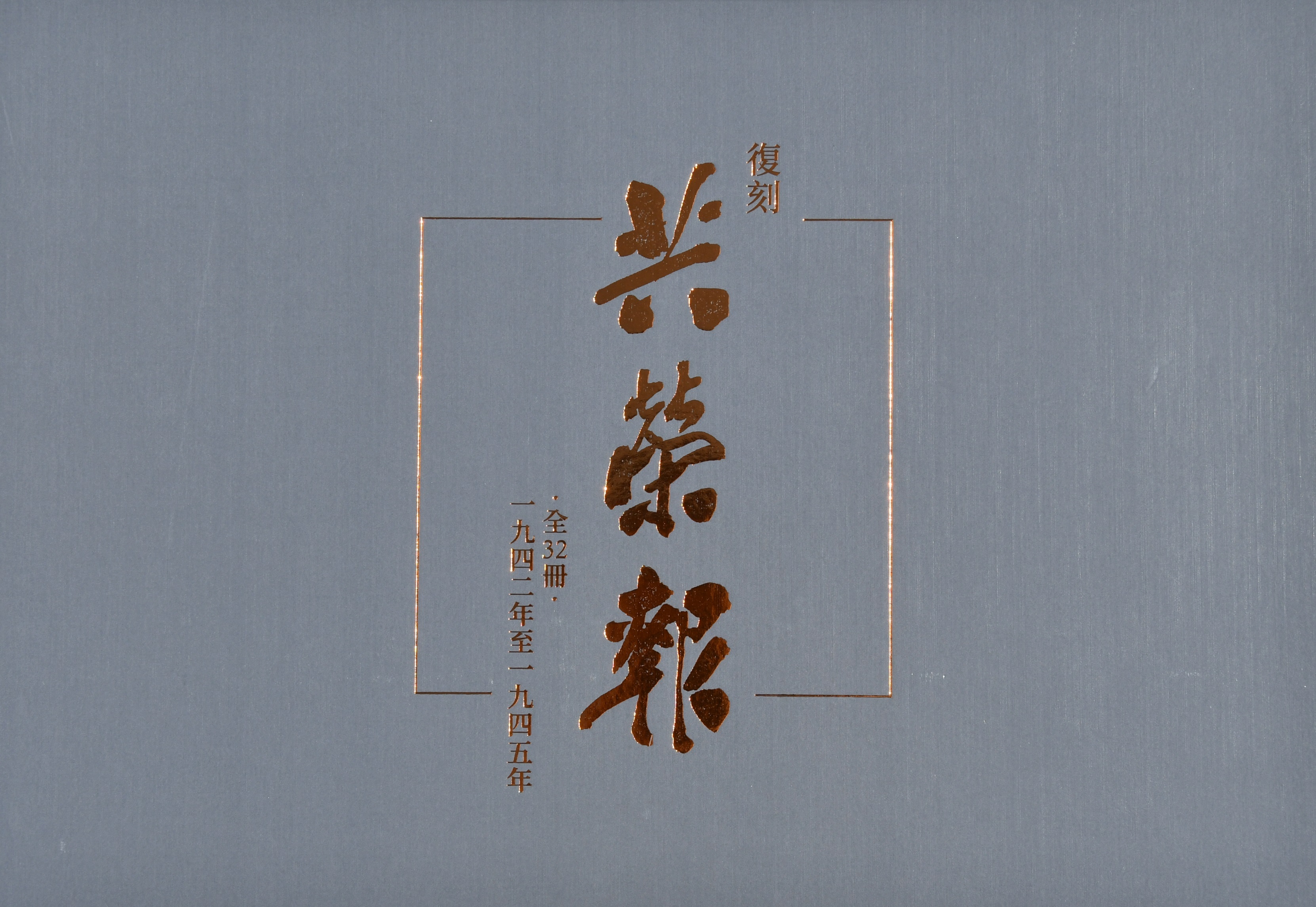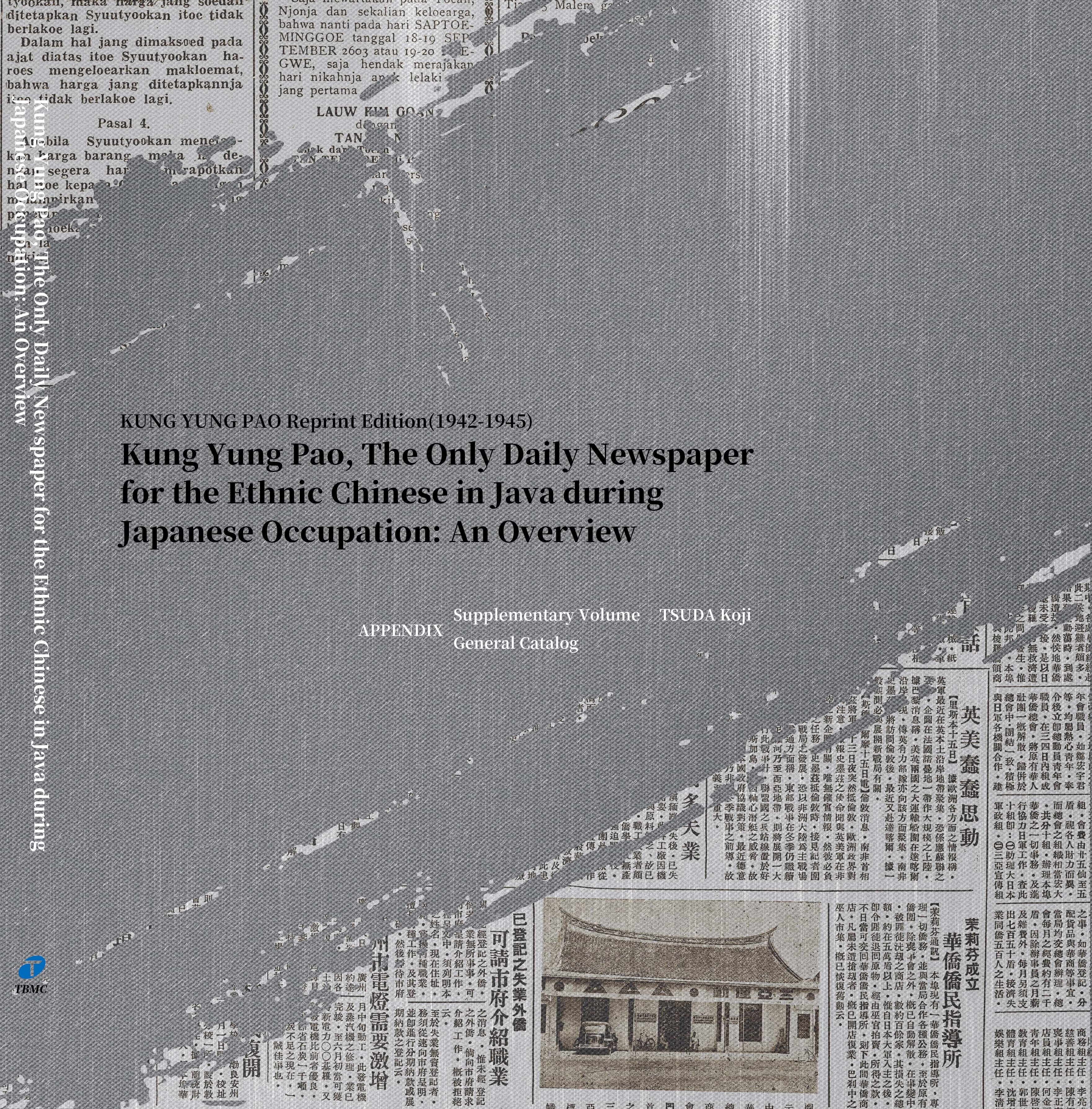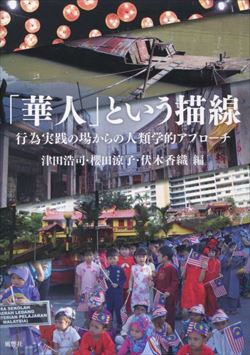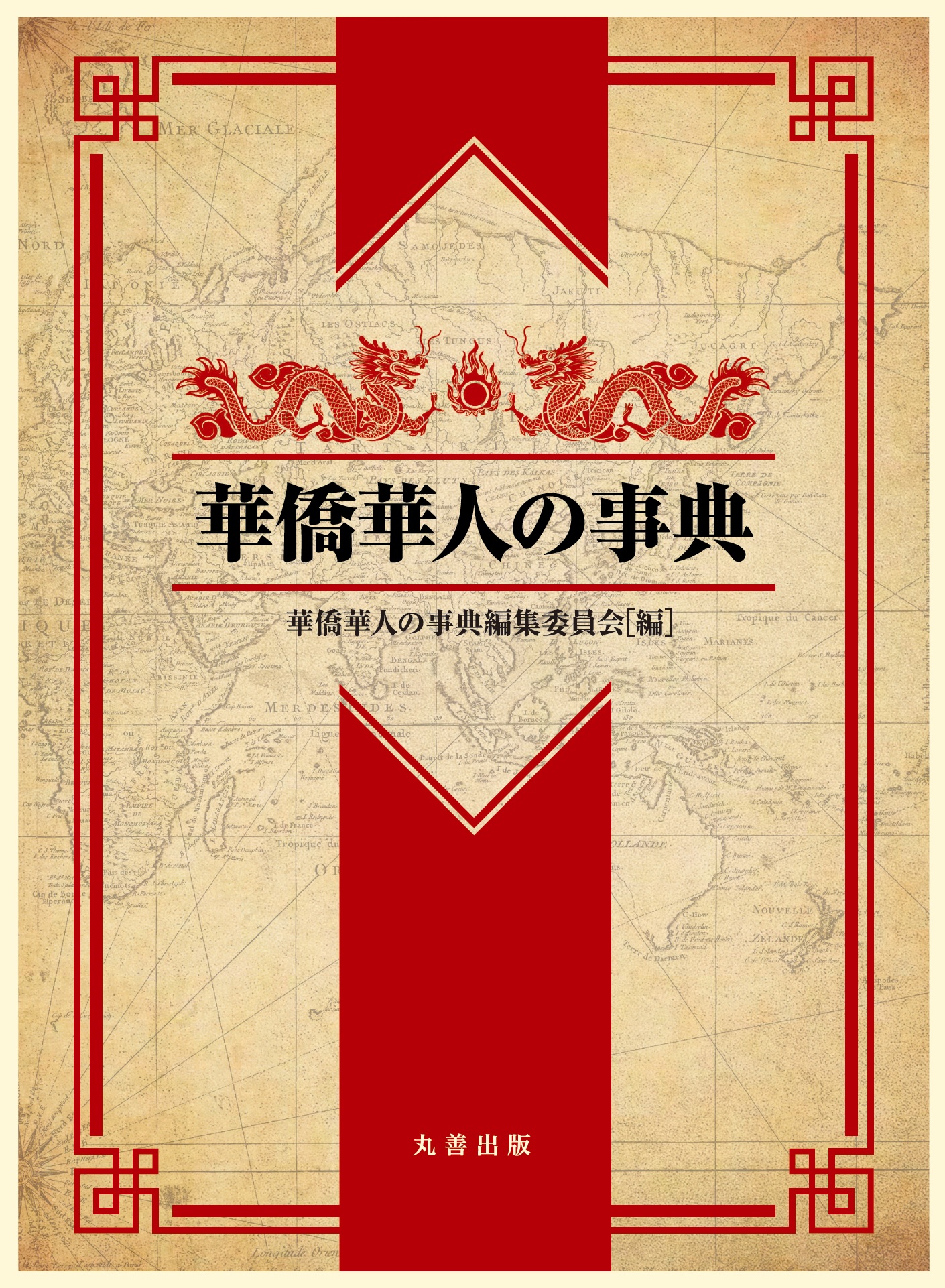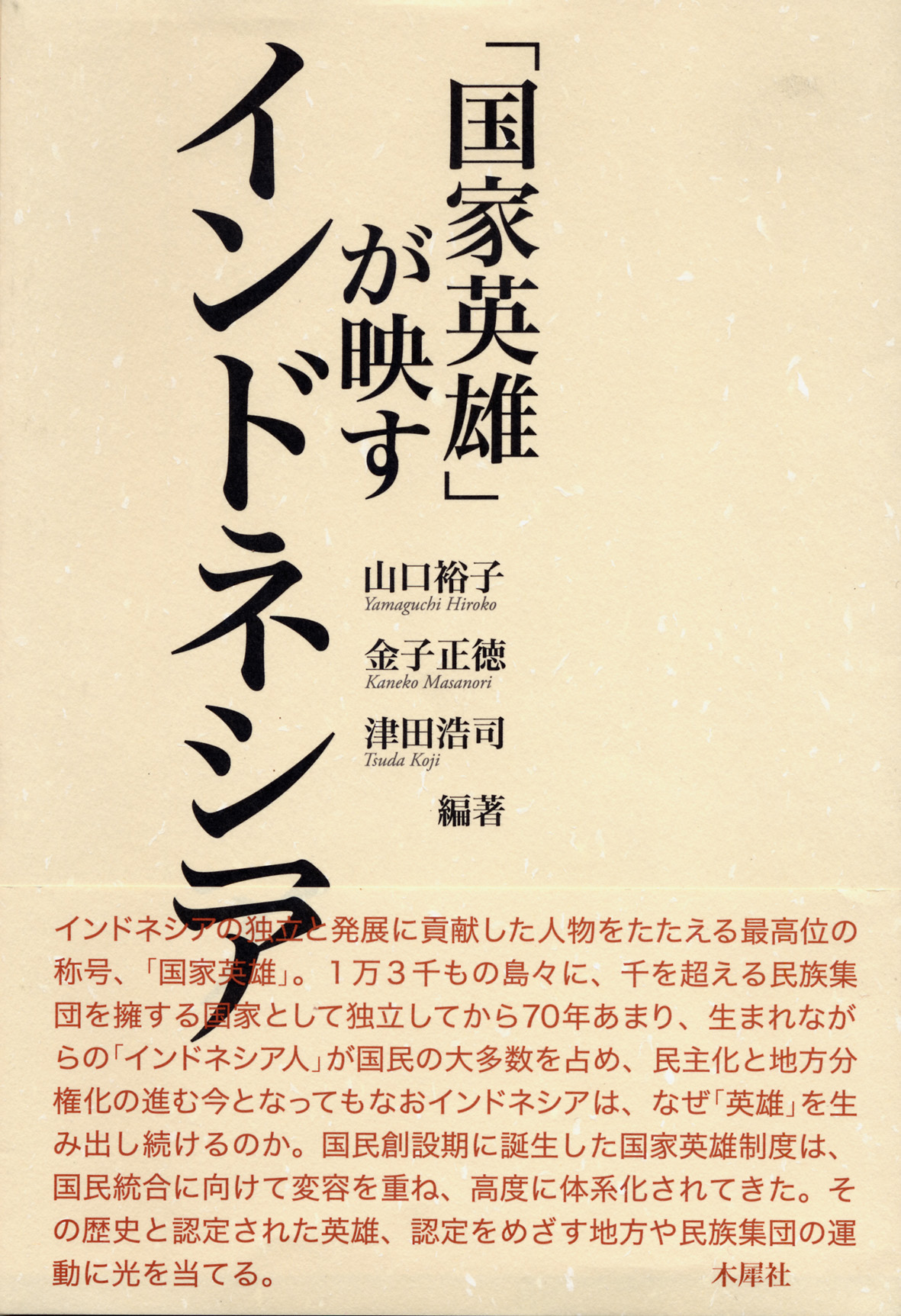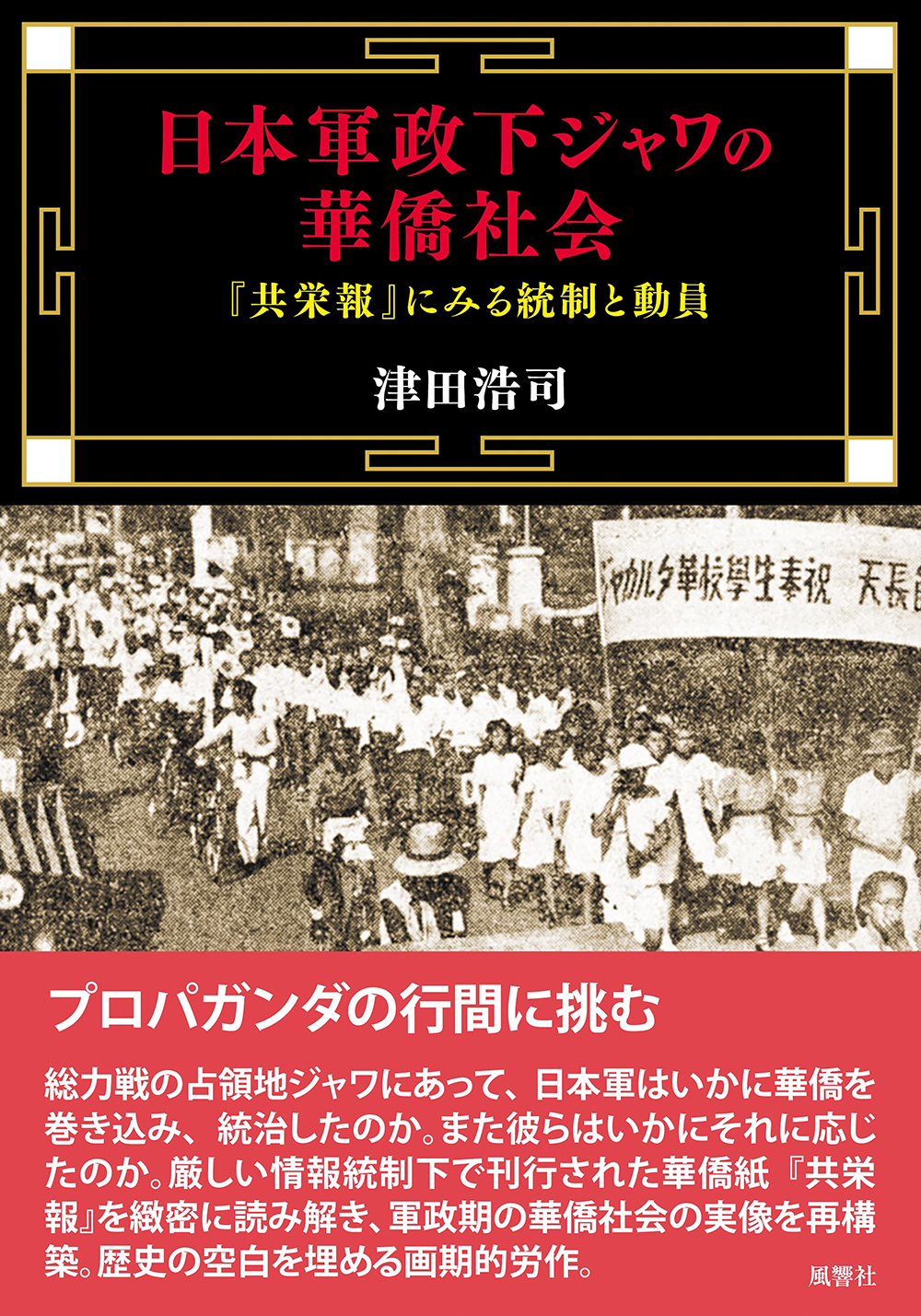
Title
Nihon Gunsei-ka Jawa no Kakyo Syakai (Chinese Society in Java under Japanese Military Rule - Control and Mobilization as Reflected in the Kung Yung Pao)
Size
782 pages, A5 format
Language
Japanese
Released
February 20, 2023
ISBN
9784894893313
Published by
Fukyosha Publishing Inc.
Book Info
See Book Availability at Library
Japanese Page
What do you imagine a wartime newspaper to be like? Perhaps something that is full of reports that distort the facts so as to present to the people justification for war and continue to incite their will to fight. It is true that in the case of newspaper reporting in Japan during the Asia-Pacific War such an image could be said to show an accurate grasp of the essence of the situation. But it does not necessarily follow that contemporaneous newspapers merit no attention whatsoever since they were in the final analysis no more than propaganda. This is because in the first half of the twentieth century newspapers (along with the radio, the spread of which advanced rapidly during the war) were an important daily source of information for people, and for this reason, even though they were saturated with propaganda reports full of empty ostentation, at the same time they carried information related to life in society and articles about topics that appealed to people’s interests. That being the case, by first critically examining the character of the newspaper in question and then carefully comparing it with various other contemporary and slightly later materials of a different character, it may be possible to reconstruct one aspect of the historical experiences of people during the war, using the contents of the newspaper in question as the main source of material.
It was with such an aim that in this book I have attempted to shed light on the historical experiences of ethnic Chinese living in Java when it was ruled by the Japanese Army during much of the Asia-Pacific War. The newspaper material on which I have mainly relied is the Kung Yung Pao, a daily newspaper. It was the only daily newspaper for Chinese that continued to be published in Java throughout the period of Japanese military rule, and Chinese and Malay editions were published by Chinese reporters, who worked under strict censorship by the Japanese Army. The existence of this newspaper had been comparatively well known among researchers, but there had been almost no careful examination of it that delved into its actual contents.
Java was the political and economic centre of the former Dutch East Indies (present-day Indonesia), and it had a population of close to fifty million, of whom about 700,000 were ethnic Chinese. But not only did their places of origin and the time of their arrival in Java differ, and consequently also their degree of indigenization, including the language they used in everyday life, but they also showed enormous diversity in their economic status and religious beliefs. Furthermore, towards the end of Dutch colonial rule they were far from uniform in their views and were divided politically as to whether they were pro-China, pro-Dutch, or else in favour of siding with Indonesian nationalism, which was growing at the time. It was in such circumstances that ethnic Chinese suddenly experienced rule by the Japanese Army. The Japanese Army, meanwhile, tried to control and mobilize them unitarily on the assumption that all ethnic Chinese were the same.
How, then, did the Japanese military government actually try to control and mobilize local Chinese? And how did the Chinese respond? Because of a decisive lack of source materials, until now it had in fact been largely unclear what sort of historical experiences local Chinese had during the three and a half years of Japanese military rule between the end of Dutch colonial rule and the establishment of the nation-state of Indonesia. Quite basic matters such as the kinds of organizations that were established by the Chinese in response to the demands of the Japanese military government and the identities of those who played a central role in them have in the past been missing historical links that have been almost completely overlooked. This book attempts to bring some daylight into this state of affairs with reference to the Kung Yung Pao.
Generally, in research on Southeast Asia (known as the “Southern Sphere” at the time) during its occupation by the Japanese Army interest tends to concentrate on the nature of Japanese rule of the “indigenous inhabitants” in each region who accounted for the overwhelming majority of the population (Javanese and so on in the case of Java), including the words and deeds of local leaders of nationalist movements, and on local society’s responses, including resistance. But for the Japanese Army, which had been fighting with China since long before the outbreak of the Asia-Pacific War, ethnic Chinese in Southeast Asia were potentially “hostile people.” At the same time, these Chinese had worked their way into key positions in the distribution economy in each region, and it was not possible to occupy and rule these regions smoothly without taking them into consideration. For this reason, how to rule Chinese “appropriately” in accordance with local circumstances constituted a separate and important issue for Japanese military rule as a whole in Southeast Asia. In particular, Java was a supply base for all of Southeast Asia, and securing it in a stable manner was a supreme imperative for the Japanese Army. What, then, were its policies towards ethnic Chinese in Java and how was Chinese society controlled and mobilized under these policies? This book answers these questions in as detailed a manner as possible by critically examining newspaper sources, which have hitherto attracted little attention, and describes events in generally chronological order.
Among the people who figure in this book, ethnic Chinese alone number more than six hundred. A detailed index has been appended, which includes the various organizations that were established under military rule, and so I hope that this book will also be utilized as a research tool for further investigations.
(Written by TSUDA Koji, Professor, Graduate School of Arts and Sciences / 2023)



 Find a book
Find a book


